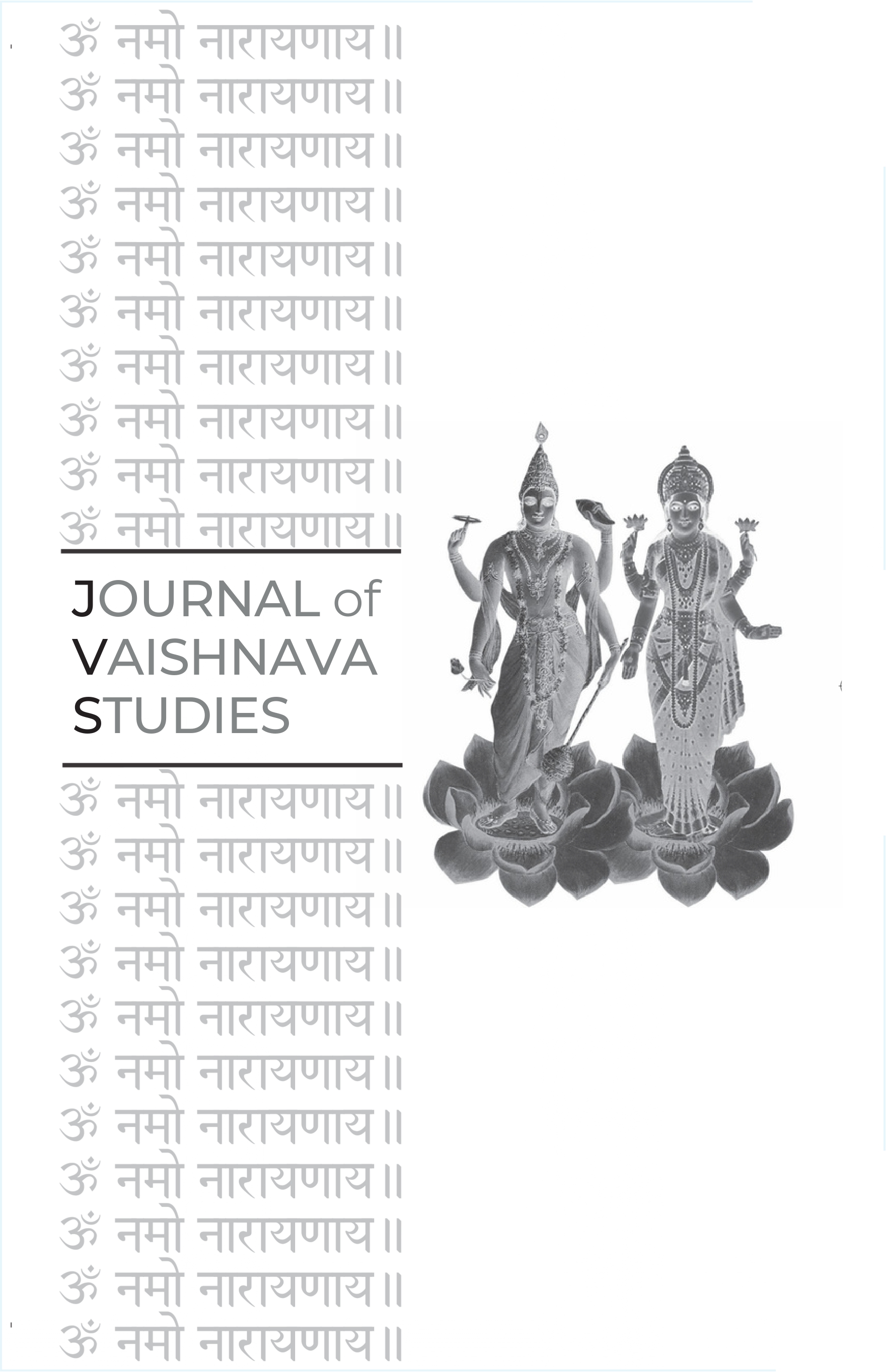Vaiṣṇava and Śaiva Poets
in Common Landscapes and Parallel Universes
Keywords:
Vaiṣṇavism, Śaivism, South India, Bhakti, Tamil poetry, Āḻvārs, Nāyaṉārs, sectarianism, shared heritage, temple traditions, hagiography, Nālāyira Divya Prabandham, Tirumuṛai, ChidambaramAbstract
This article explores the multifaceted relationship between Vaiṣṇava and Śaiva devotional traditions in South India between the 9th and 13th centuries CE, challenging simplistic narratives of constant hostility. While some historical accounts and popular culture (like the 13th-century Guruparamparāprabhāvam Āṛāyirappaṭi and the film Dasavatharam) depict sectarian conflict, this study highlights significant shared heritage and parallel developments. Focusing on textual sources, the article is divided into two parts. The first part examines commonalities in the revelation and compilation of hymns for both traditions (the Nālāyira Divya Prabandham for Vaiṣṇavas and Tirumuṛai for Śaivas), the role of erotic longing in their poetry, and shared physical and ritual landscapes, exemplified by the Chidambaram temple. The second part analyzes how Vaiṣṇava Āḻvār poets and Ācārya commentators articulated their attitudes towards Śaivism, revealing a nuanced stance where Śiva is often seen as a subordinate, albeit benign, deity or an internal manifestation of Viṣṇu, while open antagonism towards Śaiva devotees becomes more pronounced in later commentaries. Despite cultural and physical proximity, the article notes the surprising invisibility of one tradition in the other's literature and the later emphasis on distinct theological positions.Published
2019-12-13
Issue
Section
Articles





